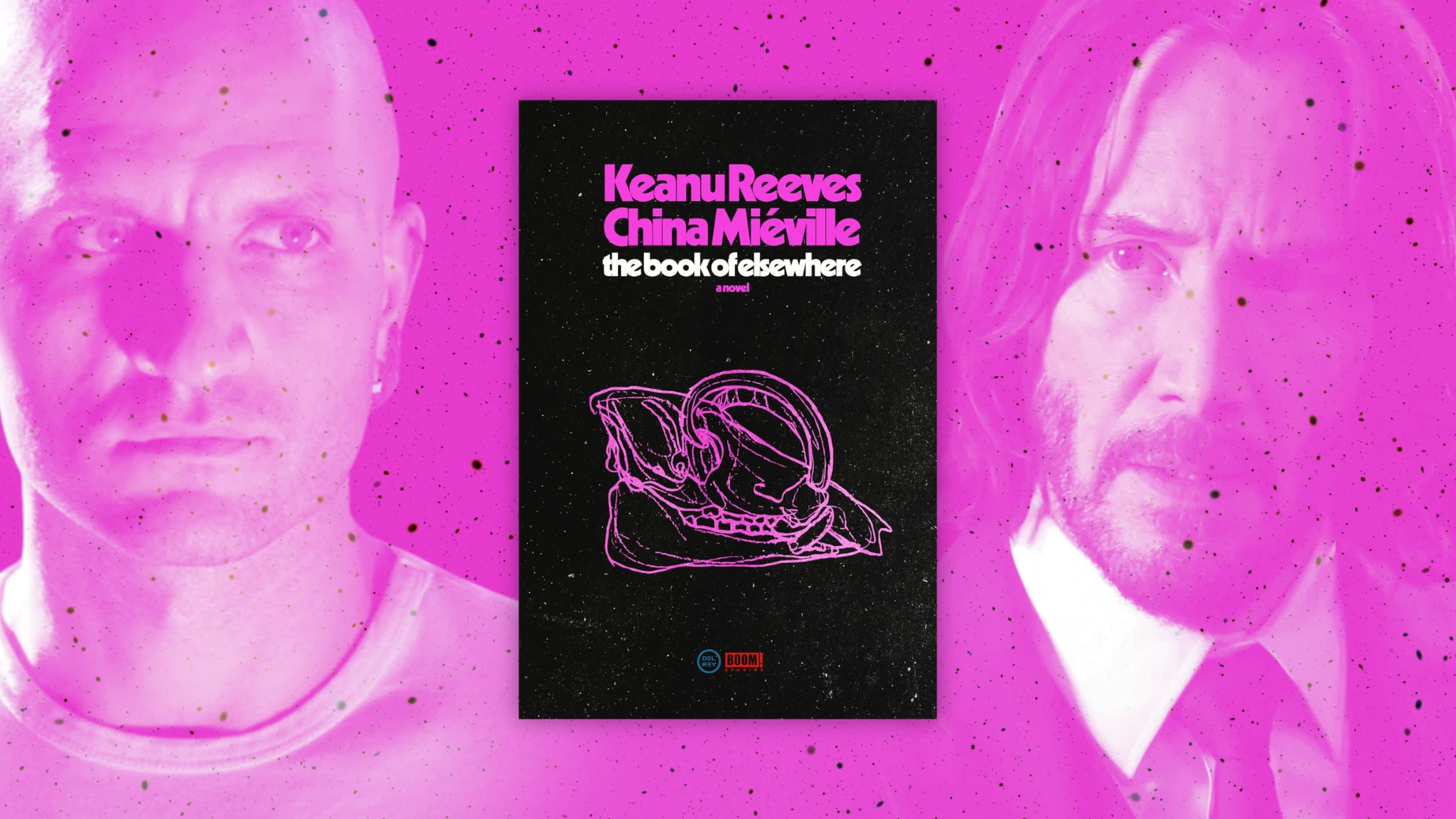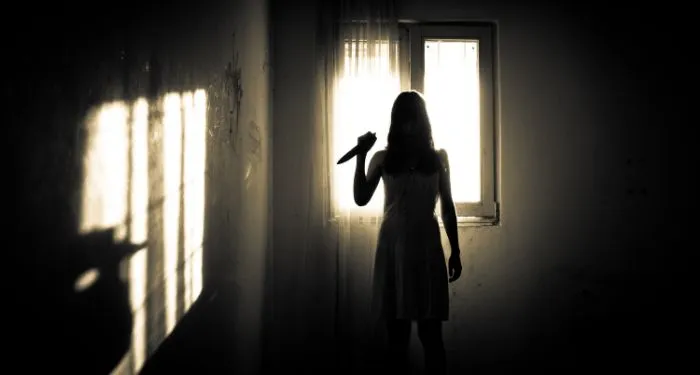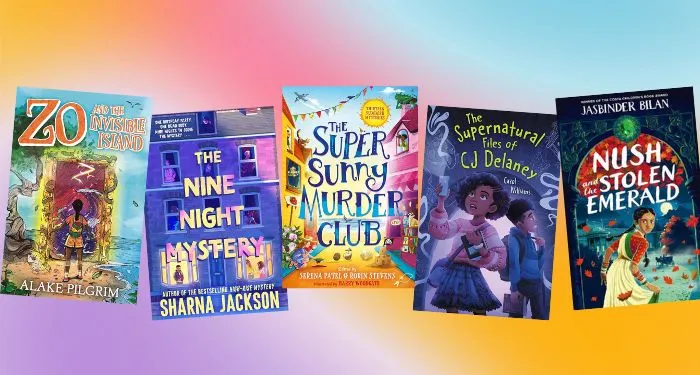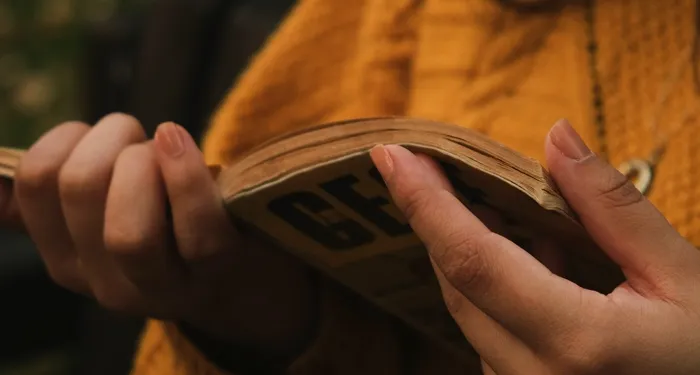For Authors
In every great adventure or thriller, there’s a moment when the heroes seem destined to fail, where the odds are so overwhelmingly against them that victory feels impossible. It’s these high-stakes moments that grip readers, keeping them on the edge of their seats, with hearts and minds racing in anticipation. But crafting such scenes isn’t just about throwing your characters into peril—it’s about creating tension that feels real and stakes that resonate deeply with your readers.
In today’s blog, Ginger discusses the art of incorporating high-tension scenes into your adventure stories and thrillers. With a variety of examples pulled from popular fiction, he explores why it’s crucial to make your heroes’ success seem uncertain, yet, when achieved, retrospectively inevitable. To do this, he offers practical tips on crafting climaxes that deliver both surprise and satisfaction. The addition of these unforgettable moments will lead your readers to experience the thrill of victory alongside your characters, making for truly memorable storytelling.
I recently watched Guy Ritchie’s fantastic WWII action/adventure movie The Ministry of Ungentlemanly Warfare, and I absolutely loved it (warning: minor spoilers to this movie ahead). It was a rollicking adventure story, it was based on real historical events (and even including Ian Fleming, creator of James Bond, as a character) and it featured something that I really enjoy in my WWII films – the gratuitous slaughter of dozens and dozens of Nazis.
(As Indiana Jones said: “Nazis – I hate these guys.)
But I’ll be honest – there was something missing from The Ministry of Ungentlemanly Warfare. As the film reached its climax, I couldn’t help but feel like I’d never really felt like our intrepid band of heroes was really in danger.
Yes, the femme fatale of the operation, Marjorie Stewart, did get captured by villainous Nazi Heinrich Luhr – but barely broke a nail before emptying her semi-automatic between his eyes. Likewise, commando Henry Hayes got hit by a bullet in the final act of the movie – but he seemed to be in perfect health when we saw him in subsequent scenes.
I felt the biggest letdown in an otherwise fantastic movie was the fact that I never truly believed that our heroes would fail, and that made it a slightly flat viewing experience. There was even a moment when star Henry Cavill, as Major Gus March-Phillips, announced that “stealth mode was over” during a raid on a Nazi POW camp – and that made me think that the entire film was kind of like watching a playthrough of a WWII First-Person Perspective shooter game.
It made me think of how important it is for adventure stories and thrillers to have a moment in which it truly seems like the heroes aren’t going to succeed in their mission. There’s always a moment in a good heist movie in which part of the plan goes wrong. There’s always a moment in a good action movie in which the heroes suddenly face insurmountable odds. The seeming inevitability of failure makes a well-written twist – one that gives our heroes a second chance – incredibly satisfying to watch or read.
That’s why in this week’s blog post, I wanted to write about incorporating high-tension scenes like that into your own adventure stories and thrillers – and provide some examples from popular fiction of adventure stories that got that part absolutely right.
Conflict Creates Stories
I don’t need to tell you this, but I will anyway: Conflict is the lifeblood of every story. It’s the engine that drives the plot, the tension that keeps readers engaged, and the catalyst for character growth. Without conflict, your story is a flatline, a lifeless expanse devoid of drama and excitement.
Every story, regardless of genre, requires conflict. It can be internal, like a character’s moral dilemma, or external, like a battle against a powerful antagonist. Either way, it’s the escalating nature of conflict, building to a crescendo of tension and uncertainty, that truly captivates readers.
The Third Act Showdown
The third act is where conflict normally reaches its zenith. That’s where you’ll find the moment at which your characters are backed into a corner, seemingly without hope. The stakes are at their highest, and the outcome is uncertain. This is where the magic happens.
Consider some classic examples. In The Lord of the Rings, Frodo and Sam are confronted by the overwhelming power of Mount Doom and nearly succumb to it despite having survived all the hardships that led them to that point.
In the movie Die Hard, John McClane is outnumbered, outgunned, and trapped in the final moments of the movie with only two rounds left in his semi-automatic.
Or in Casablanca, think of the final scenes in which Rick Blaine must choose between love and duty, a decision with life-or-death consequences. Does he selfishly escape with Isla? Knowing that he’d be condemning her husband to deportation to the concentration camps? Or sacrifice everything he’s built in Casablanca to give Isla and her husband a chance to flee?
It’s moments like this which keep readers and viewers on the edge of their seats, desperately wanting to know how the characters will escape this seemingly inescapable predicament. The most memorable movies and books then deliver a solution to this crisis that is both surprising and satisfying – delivering a twist that we didn’t see coming, but which makes perfect sense in the context of the story.
John McClane revealing that he’d duct-taped his Beretta to his back, for example – or Gollum appearing at the climax of The Return of the King and biting Frodo’s finger off – inadvertently releasing him from the thrall of the One True Ring.
It’s moments like these which give your audience a visceral thrill – and even if they don’t remember the exact details of your clever plot twist, they’ll always remember how it made then feel.
Delivering the Perfect Climax
The key to a satisfying climax is careful planning. It’s not enough to simply throw a curveball at your readers, or provide a deus ex machina solution like the cavalry suddenly appearing on the horizon. The twist must be earned, surprising, but seem inevitable in retrospect.
Off the top of my head, I can provide some examples from films and stories in which the writers got that wrong. In Avengers: Endgame, for example, it wasn’t very satisfying that our heroes were only saved from annihilation by the sudden arrival of the over-buffed Captain Marvel – leading many critics to complain that the entire film wouldn’t have happened if she’d just been part of the team from the very beginning.
Likewise, to throw some shade at Lord of the Rings despite having just praised its ending – I wasn’t a big fan of how Gandalf’s great eagles suddenly appeared to rescue Sam and Frodo from the edge of Mount Doom, leading many to wonder why the two hobbits hadn’t just flown there in the first place.
Here are some tips for how to craft that kind of clever twist – and how to avoid getting it wrong:
- Plant the seeds early: Subtle hints and foreshadowing can prepare readers for the unexpected – like how Gollum’s inner conflict set the stage for him returning at the end frenzied with jealousy over “his precious” ring being on Frodo’s finger.
- Raise the stakes gradually: Build tension steadily throughout the story to amplify the impact of the climax – like how John McClane has his feet shredded by broken glass, his body beaten black and blue, and then his ammo almost depleted before he finds himself facing down the last of the Die Hard terrorists.
- Create believable obstacles: The challenges your characters face should be formidable but not insurmountable. You want to feel like your characters are truly facing defeat – but their surprise victory needs to still seem believable, otherwise it falls flat.
- Leverage character strengths and weaknesses: Explore how your characters’ traits contribute to or hinder their ability to overcome adversity. Often the twist that allows our heroes to snatch victory from the jaws of defeat involves one of the characters finally reaching the end of their character arc and overcoming their own weaknesses.
- Subvert expectations: Surprise your readers with a twist that challenges their assumptions. As I mentioned before – whatever allows your characters to seize victory should seem inevitable in retrospect, but utterly unexpected in the moment.
- Find a satisfying resolution: However your heroes reach the ending of their adventure, it should provide closure while leaving room for future possibilities. In Star Wars they destroy the Death Star, for example, but must still continue the battle against the evil Empire in subsequent movies.
Remember, the goal is to create a visceral sense of relief when your heroes overcome their final obstacle. They should emerge from this ordeal changed and strengthened – and they should deserve to triumph, even though they’d almost succumbed to despair.
Tips for Crafting Unforgettable Conflict
- Identify your protagonist’s deepest desire: What does your character want more than anything? Will their rescue in the final moments come from sacrificing their chance to claim what they want the most?
- Create a formidable antagonist: This could be a person, a force of nature, or even an internal conflict – but it has to seem almost insurmountable. My problem with the climax of The Ministry of Ungentlemanly Warfare was that the Nazis never felt like they posed a REAL threat to our badass commandos, and that’s why the third act wasn’t as tense as I’d have liked it to be.
- Increase the stakes progressively: Each challenge should be more difficult than the last. Ramping up the tension has your audience on the edge of their seats. Think of all the things John McClane had to survive before he finally confronted Hans Gruber. The audience almost felt as beaten and exhausted as our hero did by the time we reached that seminal scene.
- Introduce unexpected twists and turns: Keep readers guessing about the outcome. Whatever twist you have coming should make sense, but it should also be completely unexpected. In Return of the King, for example, we’d assumed that Frodo and Sam had seen the last of Gollum, and his sudden reappearance made narrative sense, but was totally unexpected.
- Don’t be afraid to make your characters suffer: Conflict is often accompanied by pain and loss. Sometimes it takes the heroes losing everything to finally realize that they have nothing left to lose.
- Embrace failure: Not every attempt to overcome adversity will be successful. Having your heroes fail in their first attempt makes it so much more satisfying when they finally achieve victory.
- Show, don’t tell: Use vivid descriptions and dialogue to convey the intensity of the conflict. Let your readers or audience feel what your heroes are feeling, instead of explaining how dire their situation is. It makes the visceral satisfaction when they escape the jaws of defeat all that more satisfying.
Take some time to think about your favorite adventure stories and thrillers, and you’ll probably identify many which use the heroes-in-a-hopeless-situation device as the basis for the third act. If you can take some lessons from those stories, and incorporate the advice I’ve shared above, you’ll be in a good position to create stories that torment your heroes, get your antagonists within inches of victory, and captivate your readers while leaving them craving more.
Share this blog
About the Author

Ginger is also known as Roland Hulme - a digital Don Draper with a Hemingway complex. Under a penname, he's sold 65,000+ copies of his romance novels, and reached more than 320,000 readers through Kindle Unlimited - using his background in marketing, advertising, and social media to reach an ever-expanding audience.



















 English (US) ·
English (US) ·